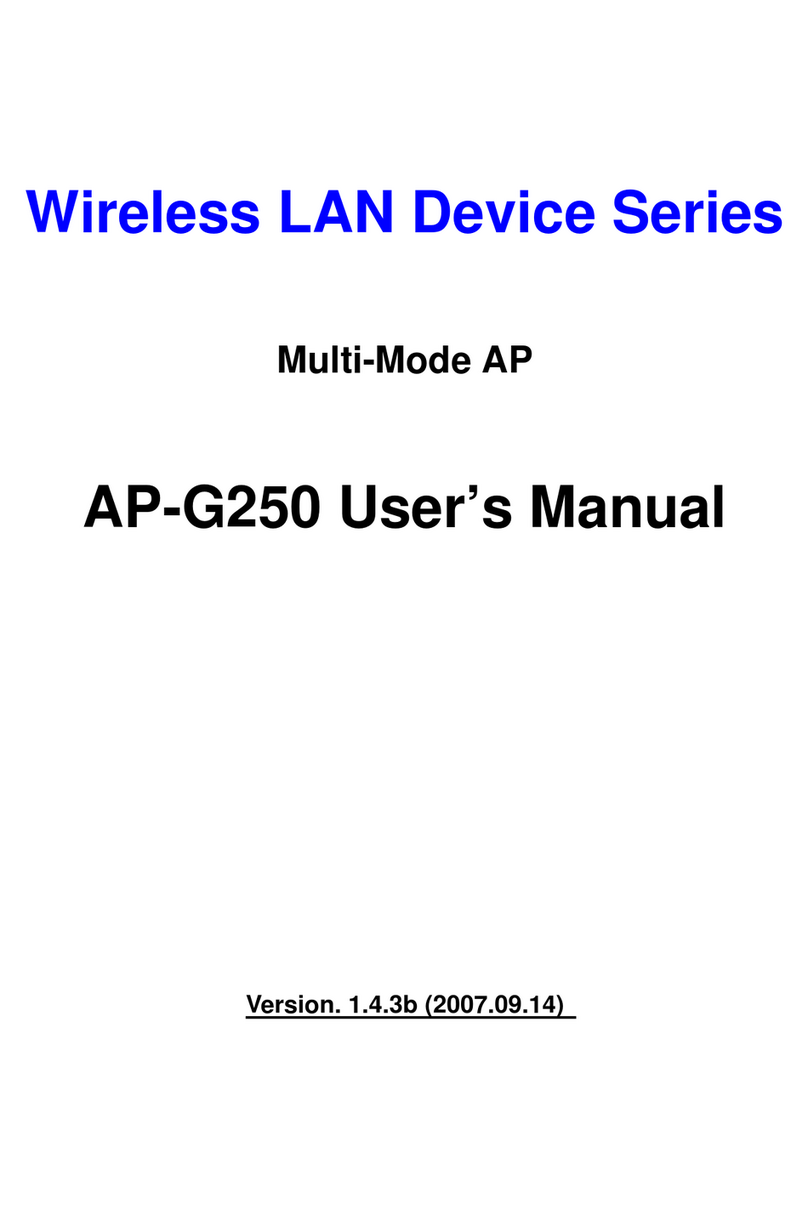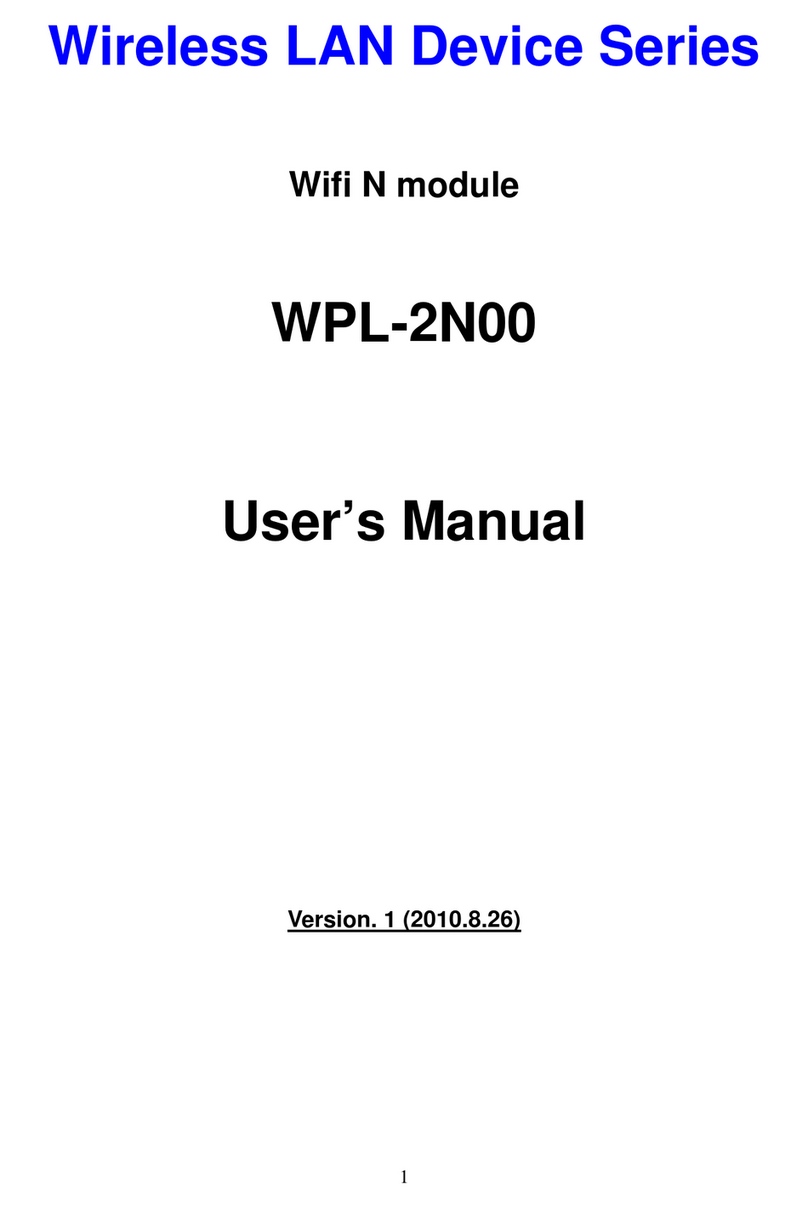
1
TABLE OF CONTENTS
NOTICE ............................................................................................................................................................. 3
PREFACE.......................................................................................................................................................... 4
CH 1. ZW-2200 INSTALLATION ...................................................................................................................... 5
ZW-2200-IA................................................................................................................................................................... 5
Packing List............................................................................................................................................................... 5
Hardware Installation............................................................................................................................................... 6
ZW-2200-OD ............................................................................................................................................................... 11
Packing List............................................................................................................................................................. 11
Hardware Installation............................................................................................................................................. 12
CH 2. FIRST TIME CONFIGURATION ........................................................................................................... 17
BEFORE START TO CONFIGURE ..................................................................................................................................... 17
KNOWING THE NETWORK APPLICATION ....................................................................................................................... 18
CH 3. WLAN 1 WIRELESS CONFIGURATION.............................................................................................. 20
BASIC SETTINGS ........................................................................................................................................................... 20
ADVANCED SETTINGS ................................................................................................................................................... 23
CONFIGURING WIRELESS SECURITY ............................................................................................................................. 26
CONNECTING PROFILE .................................................................................................................................................. 29
MAC CLONE FOR SINGLE ETHERNET CLIENT .............................................................................................................. 30
CONFIGURING UNIVERSAL REPEATER........................................................................................................................... 31
CONFIGURING AS WLAN CLIENT ADAPTER ................................................................................................................. 33
CH 4. WLAN 2 WIRELESS CONFIGURATION.............................................................................................. 36
BASIC SETTINGS ........................................................................................................................................................... 36
ADVANCED SETTINGS ................................................................................................................................................... 38
CONFIGURING WIRELESS SECURITY ............................................................................................................................. 41
CONNECTING PROFILE .................................................................................................................................................. 44
MAC CLONE FOR SINGLE ETHERNET CLIENT .............................................................................................................. 45
CONFIGURING AS WLAN CLIENT ADAPTER ................................................................................................................. 45
CH 5. CONFIGURING WDS ........................................................................................................................... 48
WDS NETWORK TOPOLOGY .......................................................................................................................................... 48
WDS APPLICATION....................................................................................................................................................... 51
CH 6. ADVANCED CONFIGURATIONS......................................................................................................... 52
CONFIGURING LAN TO WAN FIREWALL ...................................................................................................................... 52
PORT FILTERING............................................................................................................................................................ 53
IP FILTERING ................................................................................................................................................................ 54































